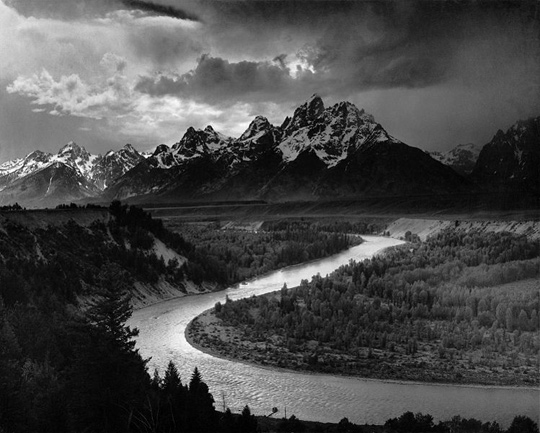Building knowledge is the goal of education. However, according to Stephanie Harvey in Comprehension Going Forward (Keene, 2011, p. 117), children’s curiosity and list of questions are replaced with the notion they are in school to answer teacher’s questions, not ask them.
I read this chapter coincidentally the same week a good friend recommended I watch Sugata Mitra: Build a School in a Cloud TED Talk. The video is only twenty-two minutes long and not only entertaining but thought-provoking. Mitra speaks about an experiment he conducted with children in the slums of India to see what they would do with his “hole in the wall computer.” The results of the experiment are quite amazing and lead to his vision for Self Organized Learning Environments (SOLE) where the students are responsible for their learning, ask their own questions, and work together to solve problems creatively.
A similar vision is also reflected by Harvey who states, “Curiosity and thoughtfulness are at the center of engaged teaching and learning.” Curiosity is what lead Mitra to conduct these experiments in the slums of India and also what propelled the children to figure out how to use the computers and learn about complex topics without any instruction or guidance.
Reading this chapter and watching the video made me evaluate my virtual teaching environment which is currently very different that the SOLEs envisioned by Mitra. However, I do think we are slowly shifting towards a more student-centered learning
environment where student questioning and curiosity is encouraged to build knowledge.
Reference
Keene, E. O., Zimmermann, S., Miller, D., Bennett, S., Goudvis, A., Buhrow, B.,
Cervetti, G., & Larner, M. (2011). Comprehension going forward: Where we are
and what\'s next. Portsmouth, NH: Heinemann.
I read this chapter coincidentally the same week a good friend recommended I watch Sugata Mitra: Build a School in a Cloud TED Talk. The video is only twenty-two minutes long and not only entertaining but thought-provoking. Mitra speaks about an experiment he conducted with children in the slums of India to see what they would do with his “hole in the wall computer.” The results of the experiment are quite amazing and lead to his vision for Self Organized Learning Environments (SOLE) where the students are responsible for their learning, ask their own questions, and work together to solve problems creatively.
A similar vision is also reflected by Harvey who states, “Curiosity and thoughtfulness are at the center of engaged teaching and learning.” Curiosity is what lead Mitra to conduct these experiments in the slums of India and also what propelled the children to figure out how to use the computers and learn about complex topics without any instruction or guidance.
Reading this chapter and watching the video made me evaluate my virtual teaching environment which is currently very different that the SOLEs envisioned by Mitra. However, I do think we are slowly shifting towards a more student-centered learning
environment where student questioning and curiosity is encouraged to build knowledge.
Reference
Keene, E. O., Zimmermann, S., Miller, D., Bennett, S., Goudvis, A., Buhrow, B.,
Cervetti, G., & Larner, M. (2011). Comprehension going forward: Where we are
and what\'s next. Portsmouth, NH: Heinemann.



 RSS Feed
RSS Feed